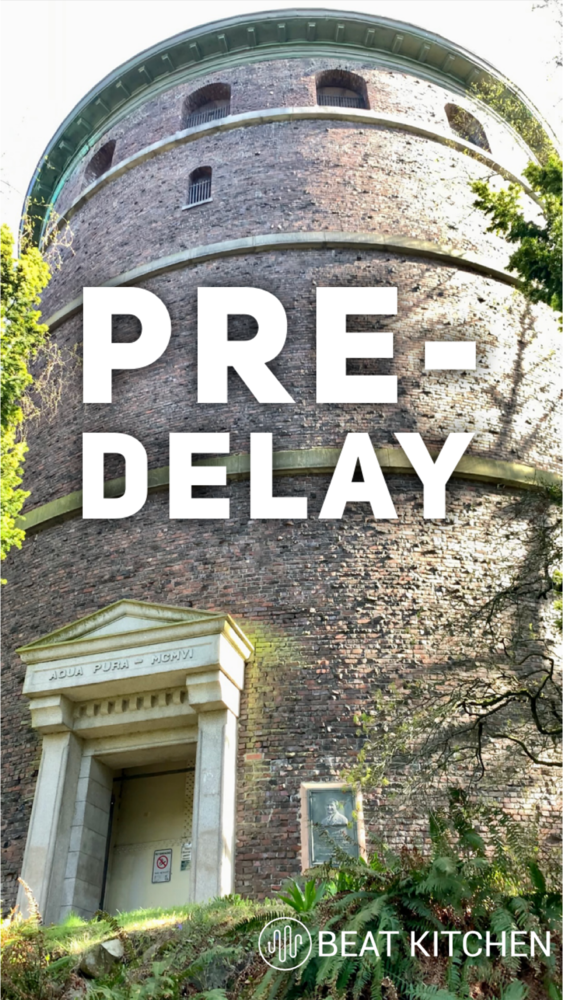“Pre-delay is about more than just the time between the original sound and the onset of reverb, as you may have heard.” Most people assume that reverb time is the factor that tells you how large a space you’re simulating, but actually there’s a lot more going on. In a real acoustic space, reverb time is a result of a balance between the materials of the room, the room’s volume, but also the sheer amount of surface area within it. You might be surprised to learn that equally important in your perception of the size of a space is the pre-delay.
That’s because you don’t start hearing the reverb until the reflected sound has reached the closest surface and reflected back to you. That means that the time it takes for the reverb to kick in after you hear the direct sound is informing you as to how far away from the wall you are. When you hear the reverb start to build up after a pause, it doesn’t just create space for you to hear the unaffected sound.
It also sends a message to your brain telling you you’re in a reverberant space. So how do you leverage that? Well, you start by understanding what it’s for, and if someone who wants to sit down and talk to us about it in a Beat Kitchen class, share this post.

